A Monumental Building in the Age of Endless Production of Fear
Introduction
One of the latest trends in urbanism and architecture is to try to make cities smart. This vision includes self-driving cars, automated home systems which only represent the top of the iceberg. The question arises how this will make the future cities look like and how does reality design. The aim of this research is to develop an architectural project for a city, which is neither generated through the accumulation and evaluation of datascapes nor is it guided by the analyzing empirical case studies and understanding their morphology.
The research is rather an approach by scouring the city in the age of hyperobjects. Timothy Morton coined the term hyperobejcts in his book Ecology of thought. He defines them as refer to “things that are massively distributed in time and space relative to humans. They are denominated hyper in relation to some other entity, either manufactured by humans or not.” Hyperobjects have a significant impact on humans but there is a continuous struggle of understanding them. Hyperobjects are mesmerizing, humans are stuck to them and at the same time they are more discovered they withdraw themselves from humans. To Timothy Morton hyperobjects can be a black hole, the solar system and global warming. They affect our daily lives by producing their own architecture, for example solar power station in the desert or high rise buildings in New York City. Hyper buildings are becoming the author of our architecture.
Another philosophical idea which the research is based on is object oriented ontology, short OOO. It is a 21st century Martin Heidegger-influenced school of thought developed by Graham Harman that rejects the privilege of human existence, human specialness, over the existence of nonhuman objects. This is opposed to “anthropocentrism”, in which phenomenal objects are said to conform to the mind of the subject and, in turn, become products of human cognition. In object-oriented ontology the objects are mutually-autonomous, whether they are whether real, fictional, natural, artificial, human or non-human. Objects are not ontologically exhausted by their relations with humans or other objects.
Hypothesis
Fear is a factor that is more and more taking visible influence in nowadays architecture. And it is playing an important role when building in disaster prone areas. Disasters are turning into the design regulations of future house planning and building codes of escaping further limit the design. This world of design is not driven by humans but it is driven by the idea of catastrophe. As humans we have produced an artefact that is purely caused by the consequence of apocalyptic fear and disasters. While the impacts of a hazard influence the design of a building significantly, there is an architecture to each disaster emerging. This paper proposes a design that is based on an accurate study of prototype housing to withstand during a disaster and an accumulation of all possible escaping systems. Every single element hosts information of size, application, usage to demonstrate a new monumental building typology: through the composition of the extracted components by questioning the original application and relocating it in a different context and also abstracting and scaling the original form. The emerging building consists of familiar shapes yet are now placed in a context opposed to their origin.
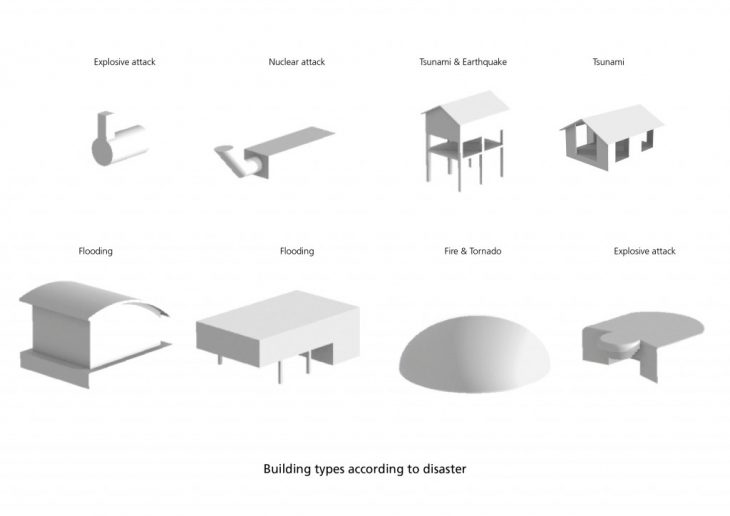
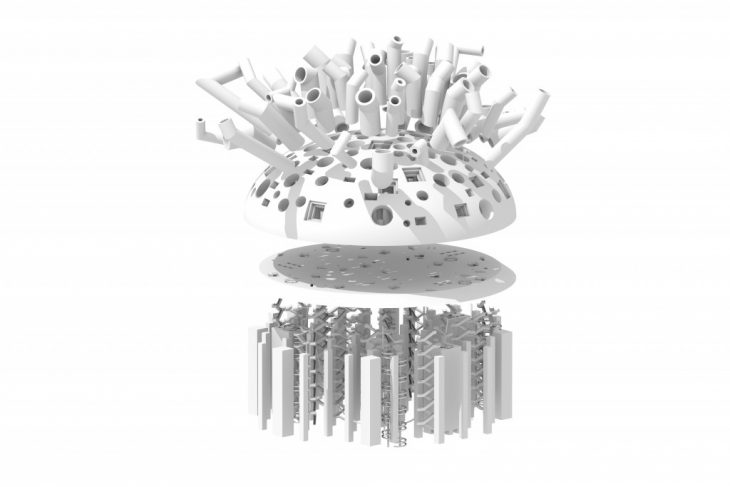
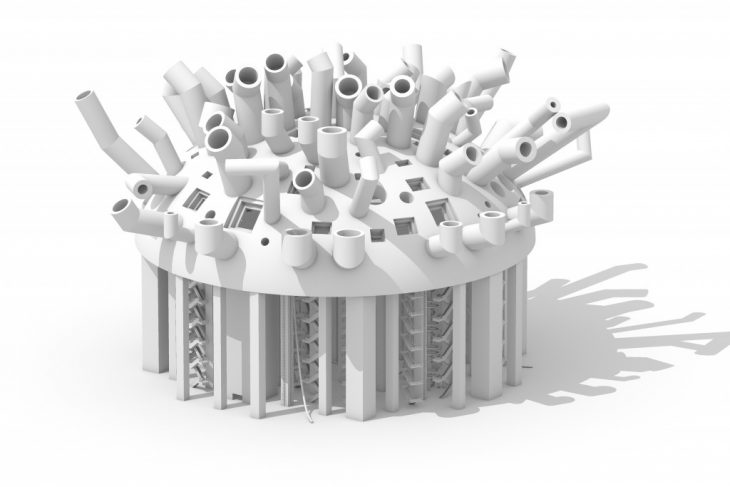
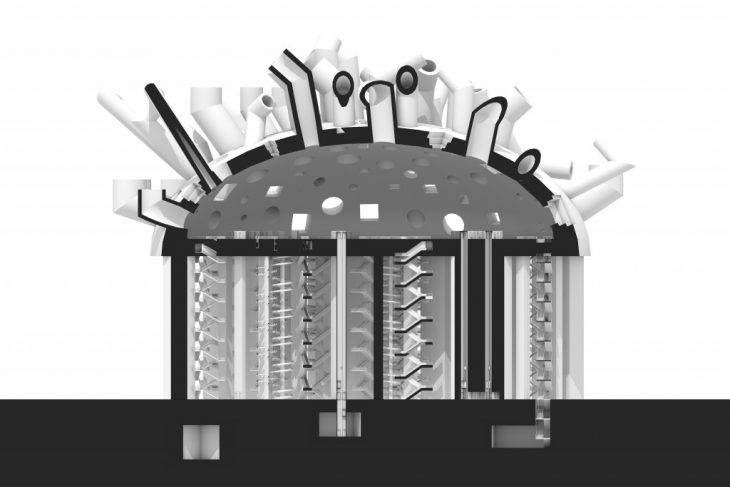
Possible rescue housing units inspired by Hotel Sphinx Project, New York, by Elia and Zoe Zenghelis.
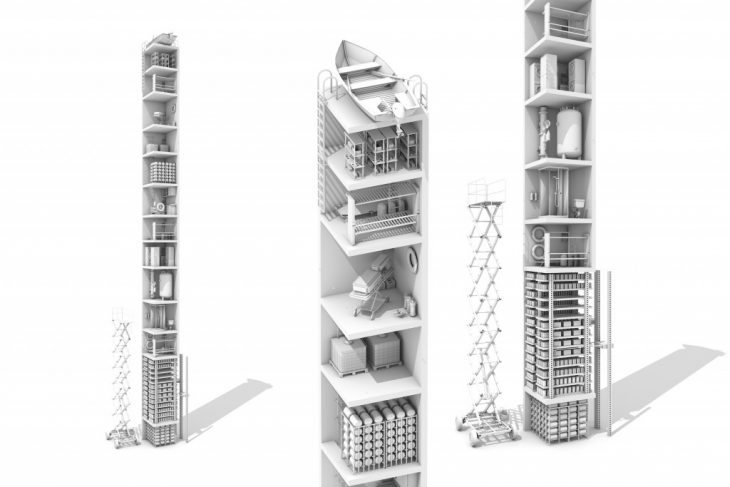
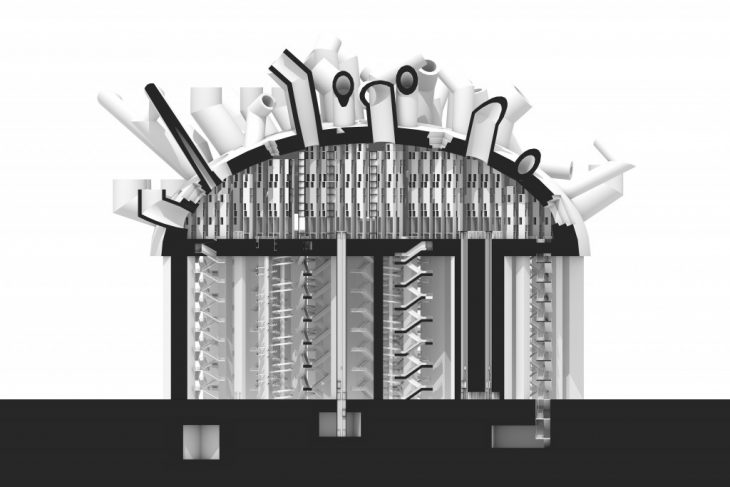
The area around Los Angeles and Los Angeles itself is an area that is constantly fearing of different hazards. Back in the day it was mostly natural disasters but in more recent years it has becoming a high risk zone even for man-made disasters. For example, one of the greatest fears now is that Asia will be able to reach the west coast of the United States through an atom bomb. Apart from this, currently Los Angeles is prone to 13 of 16 possible federally-identified natural and man-made disasters. Wildfires, flooding, mudslides and earthquakes are the ones that are especially feared due to their high potential of damage.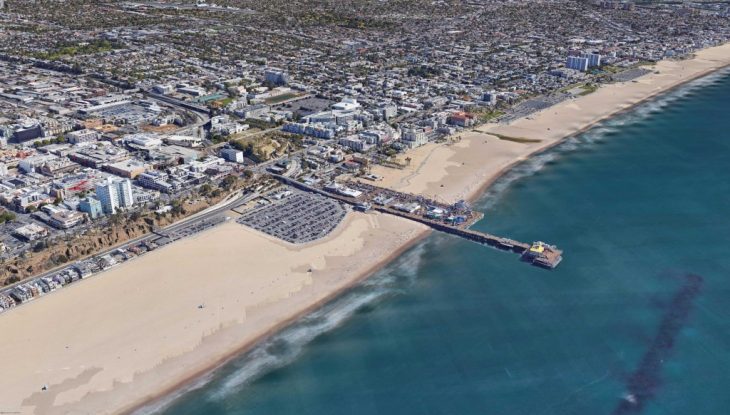
This peculiar hybrid is placed at Santa Monica Beach in Los Angeles, a rather disaster prone site, where all selected hazards apply. The building reflects the reality where it is originally coming from but showcasing a possible future building typology of already existing elements in a yet to discover environment.
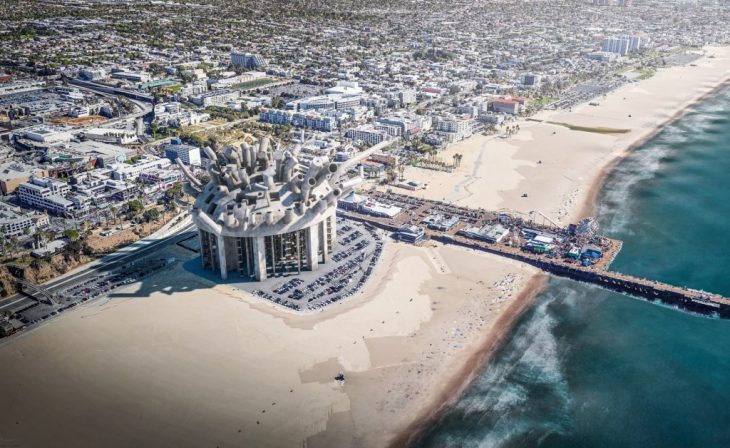
The building was 3D printed in different parts. The upper part, the dome printed with the pipes as one piece, and the floor plate as another one. The staircases, escalators, columns, escape chutes, emergency slides, elevators and ropes were all printed separately. The final pieces were then assembled within two to three hours.


Master Thesis project developed at Master in Advanced Architecture, in 2017/2018 (MAA02)
Thesis Studio: The City in the Age of Hyperobjects. A search of new Forms of Architectures for our City.
Student: Valerie Frey
Thesis Advisor: Peter Trummer